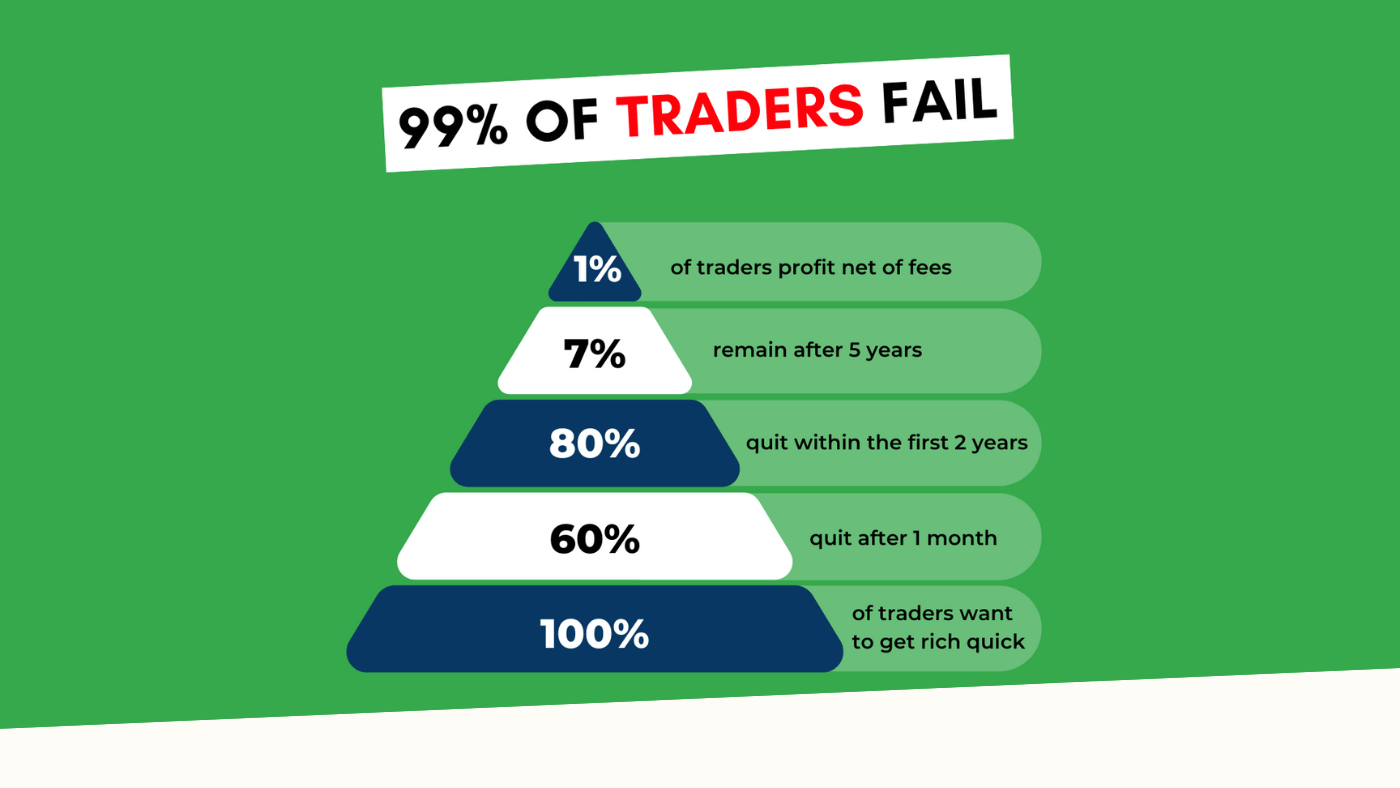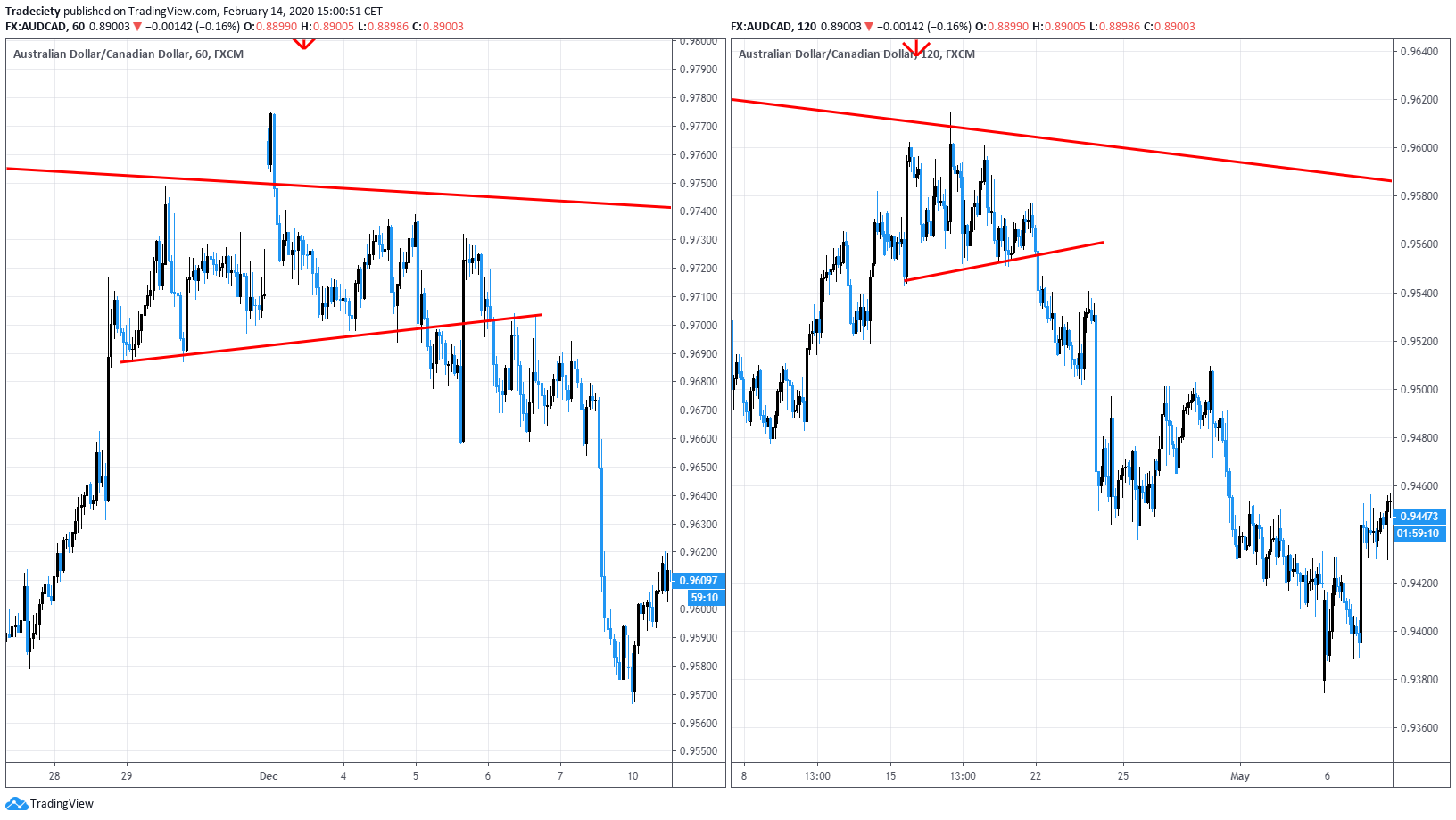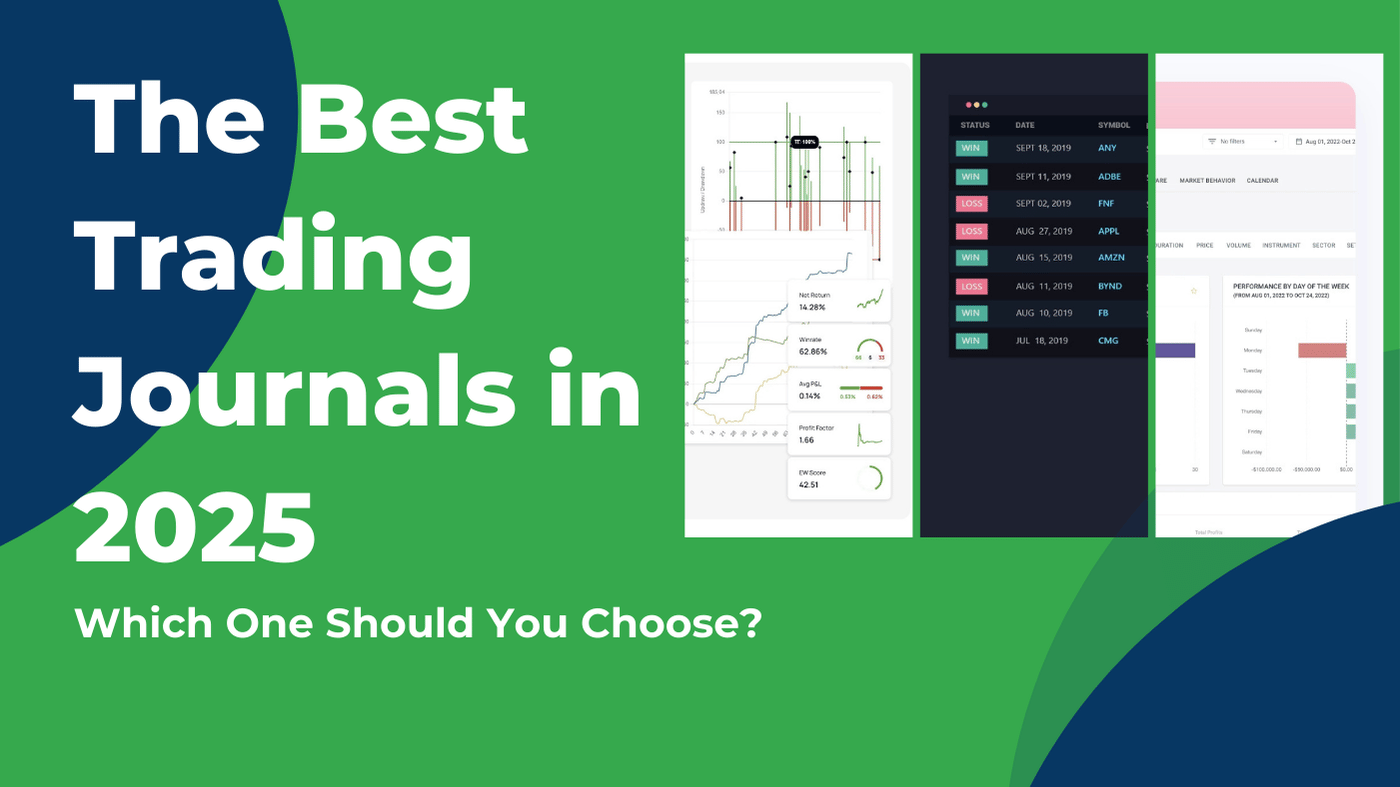3 min read
Scientist Discovered Why Most Traders Lose Money – 24 Surprising Statistics
“95% of all traders fail” is the most commonly used trading related statistic around the internet. But no research paper exists that proves this...
4 min read
Rolf
Apr 25, 2015 8:00:00 PM


Dealing with emotions is a very important aspect when it comes to trading successfully and the impact psychology has on your trading decisions can be significant. As a trader it is therefore very important for you to understand how emotions influence your daily trading and that you find ways how to deal with psychology efficiently. In this article we asked 14 professional traders, trading coaches and authors of best-selling trading books how they deal with emotions on a daily basis and what helps them to control and manage trading psychology.
NewTraderU.com – @SJosephBurns
Early in my career, I let my emotions dominate my trades. My self-worth was tied to each win or loss. I tended to trade so large, that each result felt like life or death, and indeed, losses were seriously damaging my account. But after I embraced risk management and the 1% rule, all of that changed. Not only was I healthier mentally, but my trading account was never again in jeopardy. By implementing proper position sizing, stop losses, and cutting my losers short, I now trade for the long term, and I know that each trade is just one of many.
Forexschoolonline.com – FB/ForexSchoolOnline
I highly recommend all traders have a pre-trade plan that they have worked out before entering any trade that includes their entry, stop and how they plan to manage the trade, rather than getting into the trade and then trying to figure it out as they watch their account balance.
OptionsTradingIQ.com – @OptiontradinIQ
My number one tip for keeping your emotions in check is to not watch every tick of the market. This just causes stress and can lead to bad decisions. Overtrading which is the curse of retail traders. One of the best ways to limit this is to only log in to your brokerage account at certain times of the day. For example, some traders might choose to just log in for the last 1 hour of the trading day. Getting away from the screens and not watching every tiny move of the market can help traders become less emotionally involved.
– Time frame being traded
– Entry point
– Exit point if I’m wrong (protective stop)
– Trailing stops
– Potential targets where I’ll take profits or re-evaluate the position
– What % of capital will be risked on the position
– How this trade fits into my current portfolio and portfolio heat
Aside from my initial entry and my protective stop, my actions are all based on end of day or end of week activity. I don’t look at my accounts unless if there is an action to be taken and I know what actions need to be taken before the trade is executed.

3 min read
“95% of all traders fail” is the most commonly used trading related statistic around the internet. But no research paper exists that proves this...

3 min read
Trendlines can be great trading tools if used correctly and in this post, I am going to share three powerful trendline strategies with you.

3 min read
Choosing the right trading journal is essential for traders wanting to analyze performance, refine strategies, and improve consistency. In this...